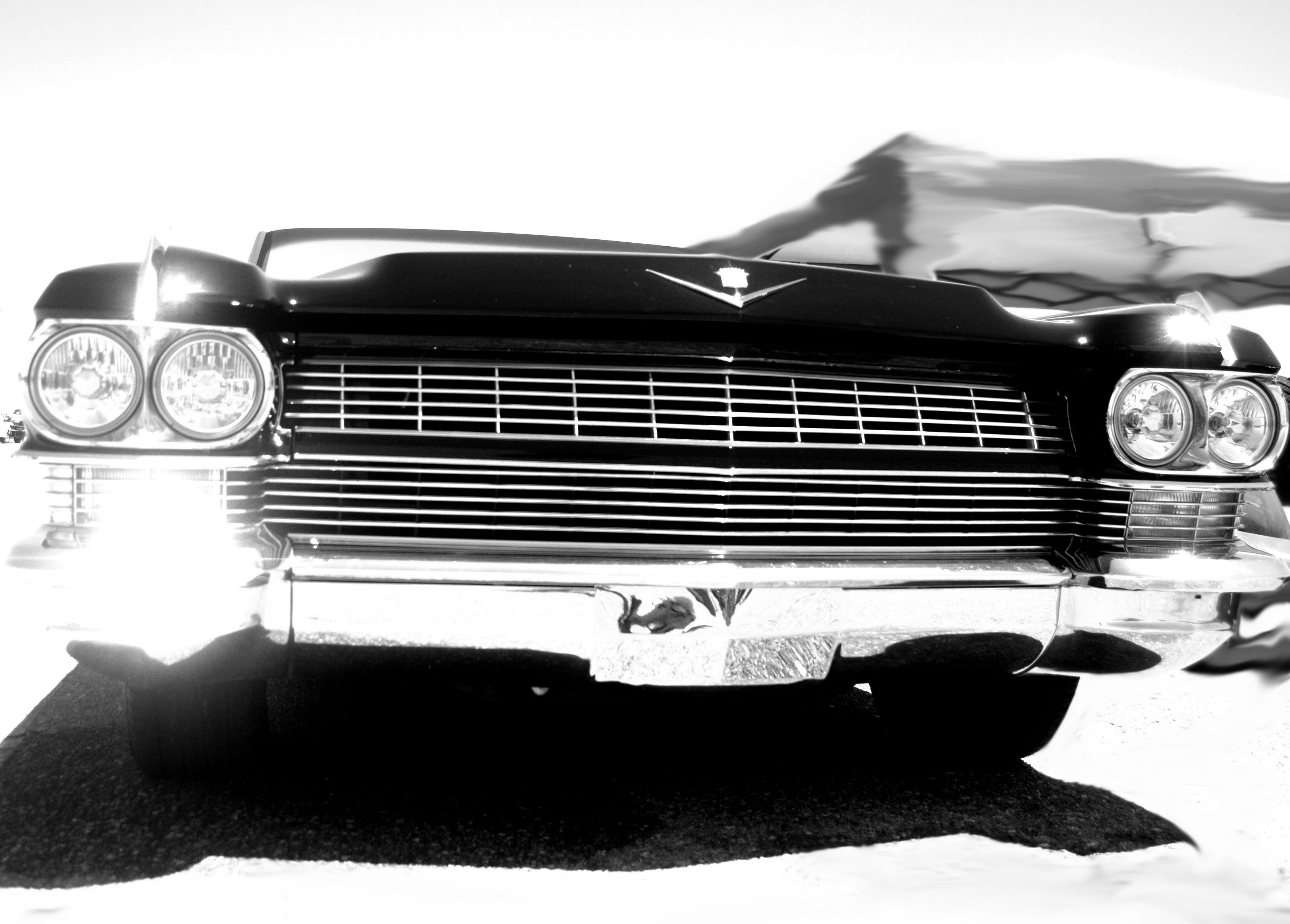Welcome back. I’m continuing on with the Engine Mini-Series – Ford’s Small Block V8s. This post covers the 260 CID.
I did mention I’d touch on the 255 but that is really out of chronological order and was merely a muted 302 used on for 3 years. It was dropped for poor performance.
So following the 221 engine (to see the post click here) was the 260 CID. This came about after the poor performance of the 221 and even with the release of a tweaked version. Enter Ford’s 260 CID. It retained the same intake and exhaust ports as the 221, the valves were larger (intake was now 1.76 and exhaust was 1.45). With it’s bore increased to 3.80 with no change to the stroke the engine put out 164 hp (about 20 more than the 221). It had a plane jane hydraulic cam and a compression ratio of 8.7:1 and capped off with a two barrel cast iron intake and carb.
The 260 was the engine Carrol Shelby used in his original Cobra and it was selected by the British car maker for the Sunbeam Tiger.
 Shelby’s 1962 Cobra |
 1962 Sunbeam Tiger with Ford 260 |
The 260 was in service from 1962 to 1964 and it powered the likes of the Fairlane, Meteor (at least as an option), Comet(at least as an option), Falcon and in 1964 even the Mustang 64 1/2 (F code cars).
Engine was an overhead valve, Cast iron block with a bore and stroke 3.80 x 2.87 and Compression ratio 8.8:1 with 164 hp. It held 5 main bearings, hydraulic lifters and Autolite 2 bbl carb (Model C40F-9510-B) (Mustang configuration). The 260 was also called the Challenger 260 and could to be found topped with a Holley 2bbl Carb vs. the Autolite.

1964 Ford 260 V8
Next up the Engine Mini-Series Part II the 289!!
Thanks for reading.
Tim

Engine Mini Series – Chevy’s 283 Prt1
Engine Mini Series – Chevy’s 283 Prt 2
Engine Mini Series – Chevy’s 283 Part 3


































